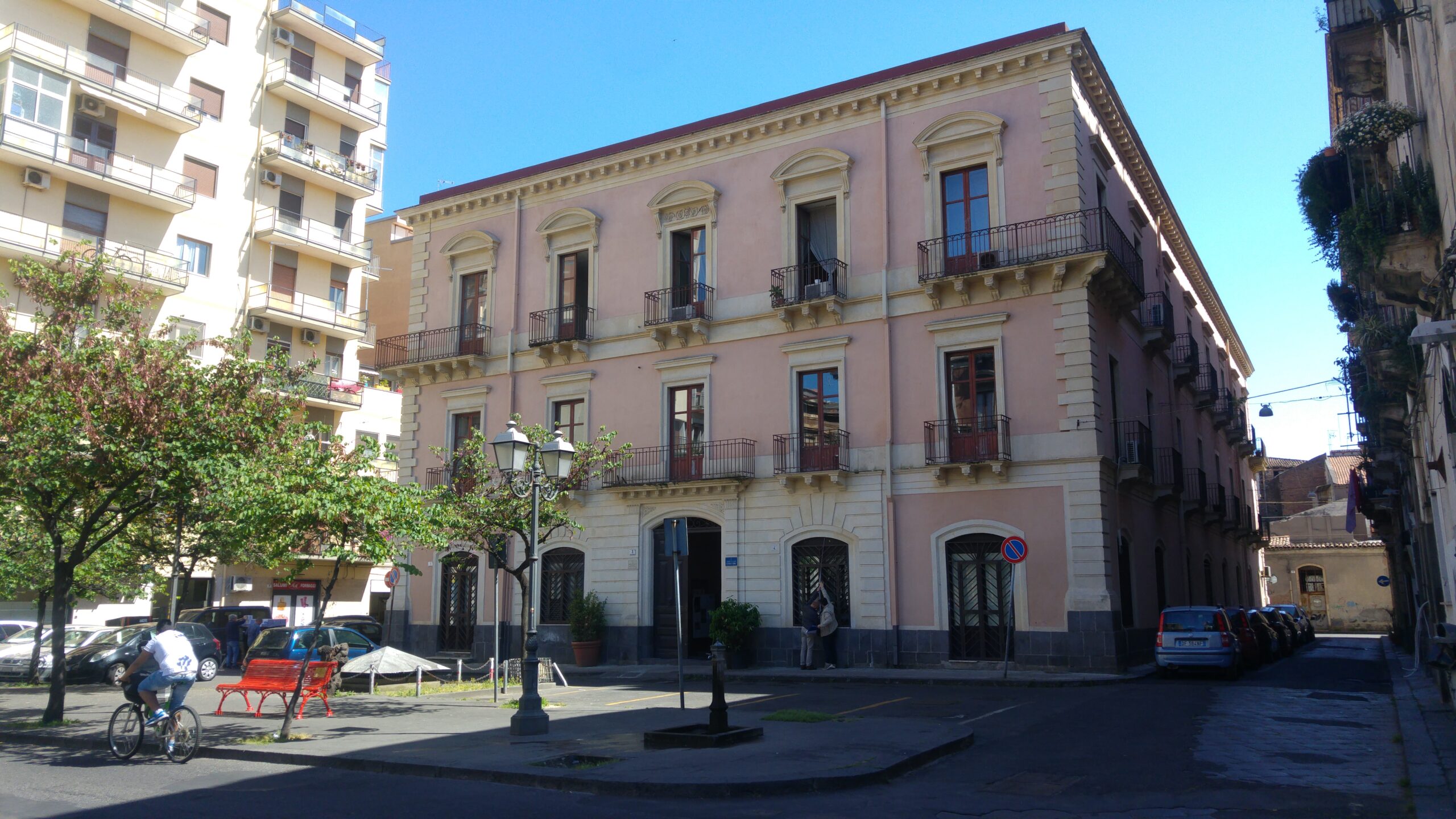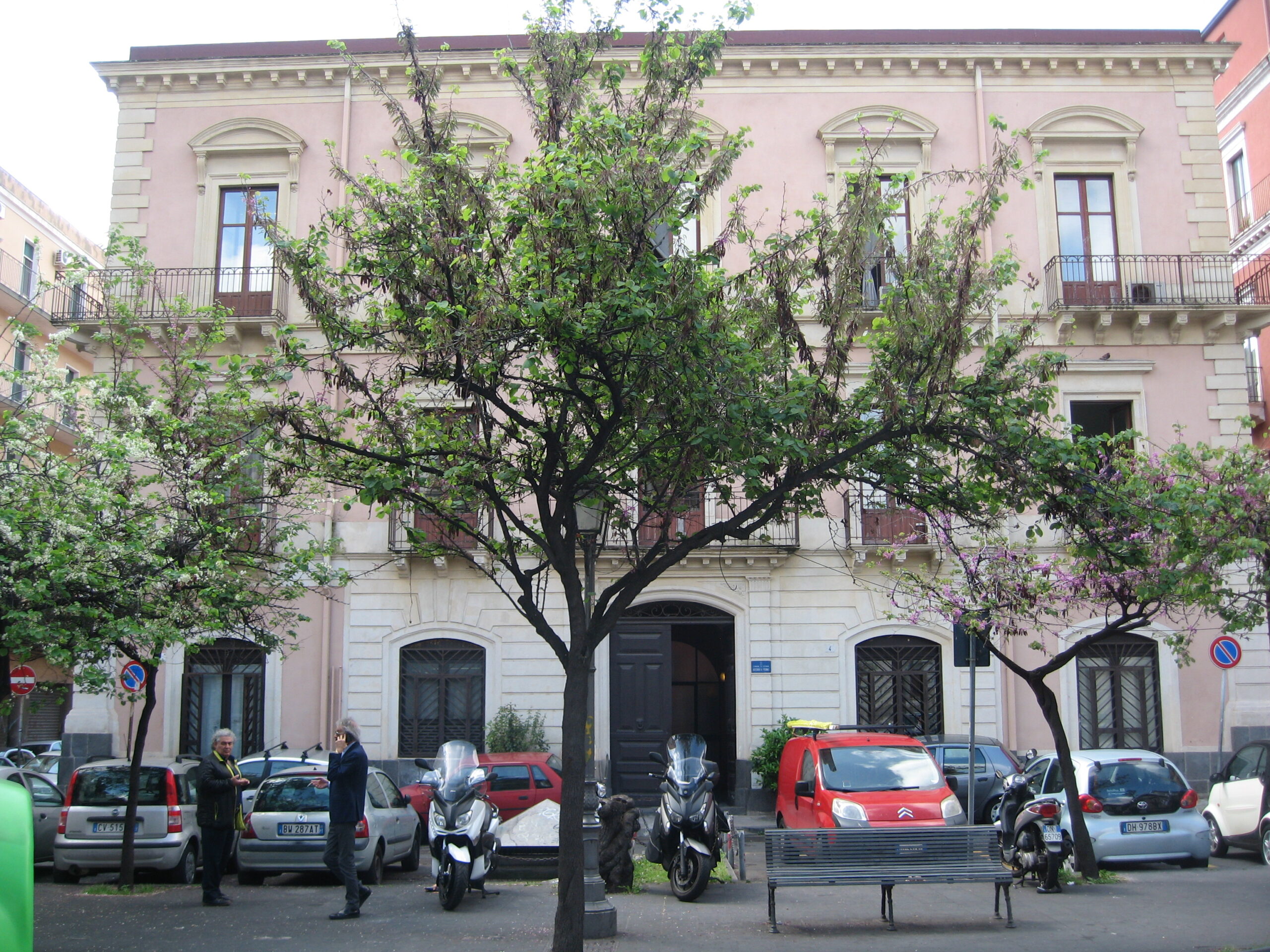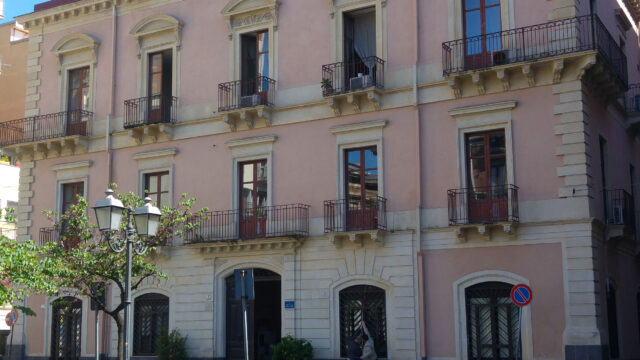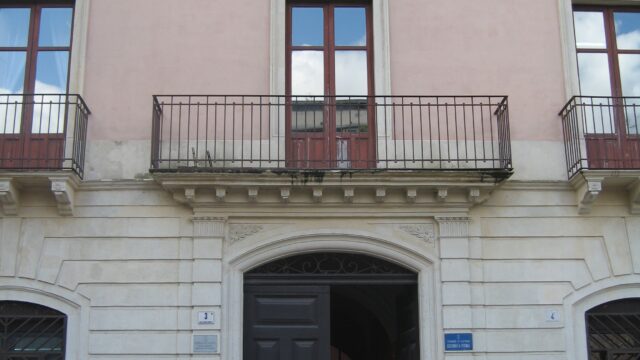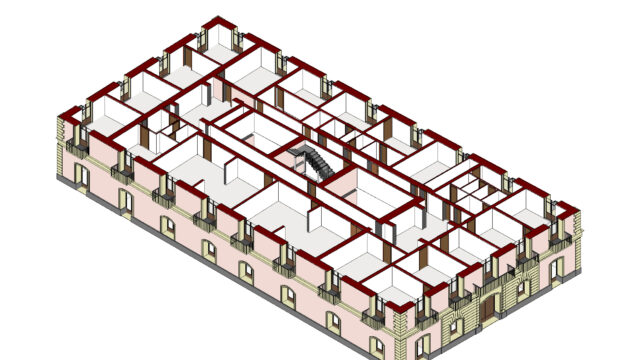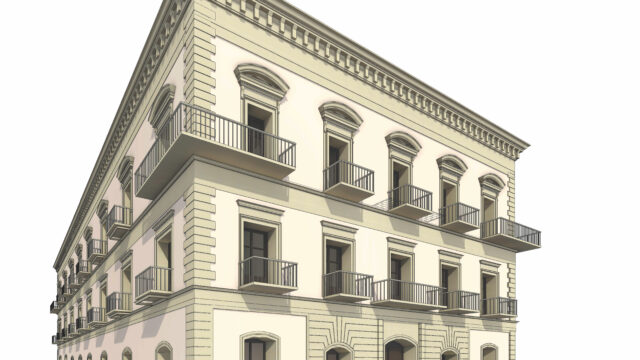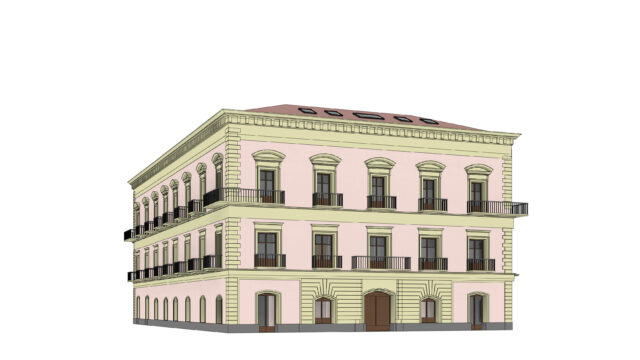GANDOLFO PALACE,
CATANIA (CT)
Following static and seismic assessments conducted on the Palazzo Gandolfo building, structural deficiencies were identified that necessitated targeted seismic improvement interventions. The analyses highlighted critical issues in the masonry structures, the floors, and the roof, necessitating consolidation and reinforcement interventions to ensure the safety of the building and its occupants.
Regarding the masonry, grout injections, a mixture of cement and water, were planned to increase their strength and improve the mechanical characteristics of the masonry walls. This intervention aims to consolidate the existing walls and improve their ability to withstand seismic stress. Furthermore, reinforced concrete, i.e., concrete reinforced with steel rods, was installed on both sides of the most stressed walls, to increase their load-bearing capacity and resistance to horizontal forces induced by the earthquake.
Definitive, executive, CSP project
service
Location:
Catania (CT)
Client:
Municipality of Catania
Surface
Seismic Adaptation
Type
Design
Status
Reinforced concrete rings, structural elements that run along the perimeter of the openings, were also created on some openings that previously did not have them, in order to improve the connection between the wall elements and ensure greater rigidity of the entire system.
Regarding the floors, metal connectors were installed to create a composite slab, i.e., a reinforced concrete slab connected to the existing structure. This intervention aims to improve the static characteristics of the floors and their ability to withstand the horizontal forces induced by the earthquake, distributing forces more evenly and reducing the risk of localized collapse.
Palazzo Gandolfo, a historic building in the heart of Catania, has undergone significant seismic upgrades to ensure its safety and long-term preservation.
Finally, the wooden corner trusses on the roof were replaced, as inspections revealed they had structural deficiencies. The new trusses, made of more resistant materials and appropriately sized, ensure greater safety and stability for the entire building, reducing the risk of collapse in the event of an earthquake.
Thanks to these targeted consolidation and reinforcement interventions, it was possible to raise the building's safety level to values above 0.60 for the various Ultimate Limit States (ULS), for both the masonry structures and the reinforced concrete elements. This means that the building has been seismic-resiliently upgraded to ensure a level of safety adequate to current regulations, reducing the risk of damage and collapse in the event of an earthquake.


